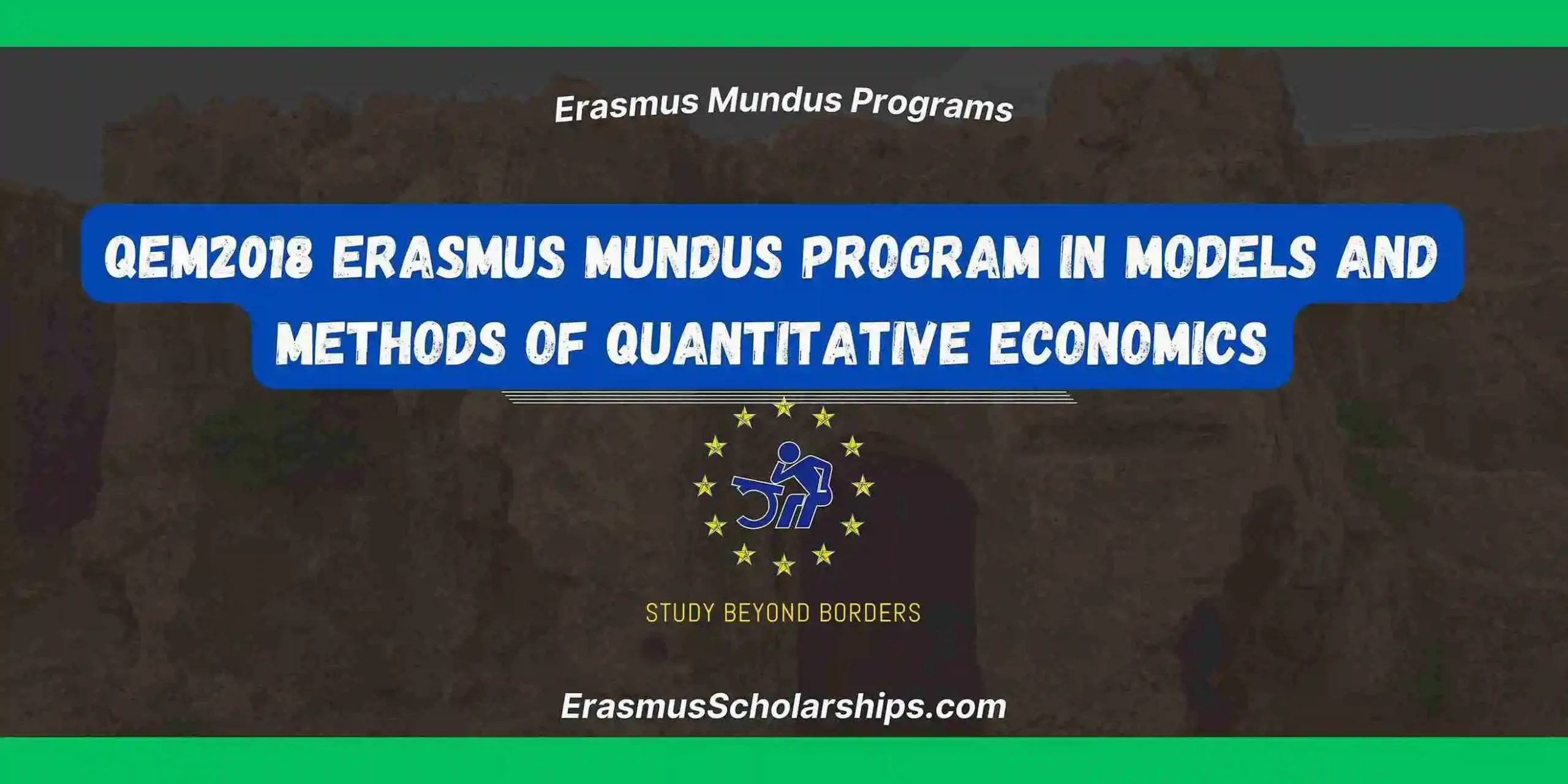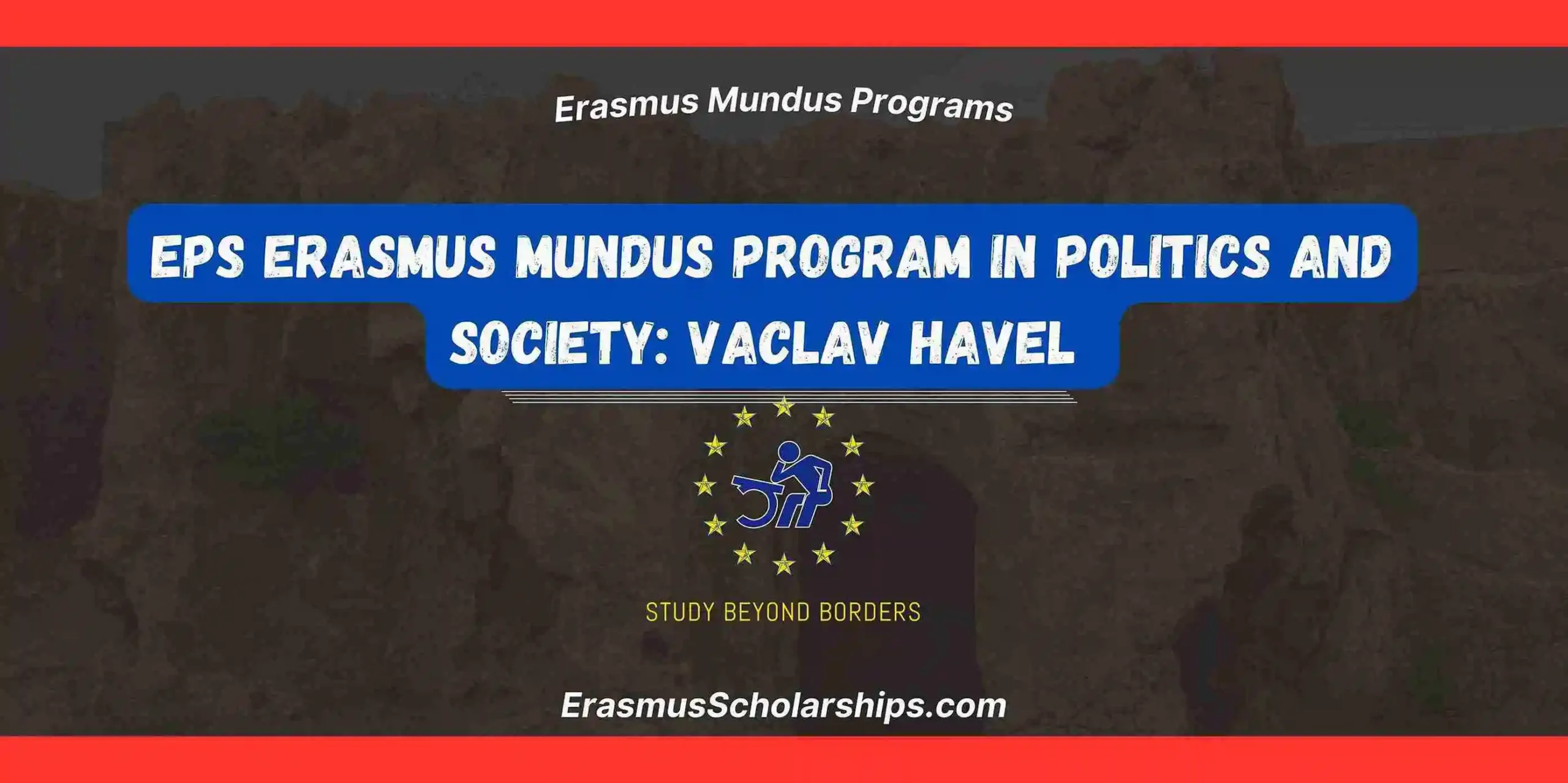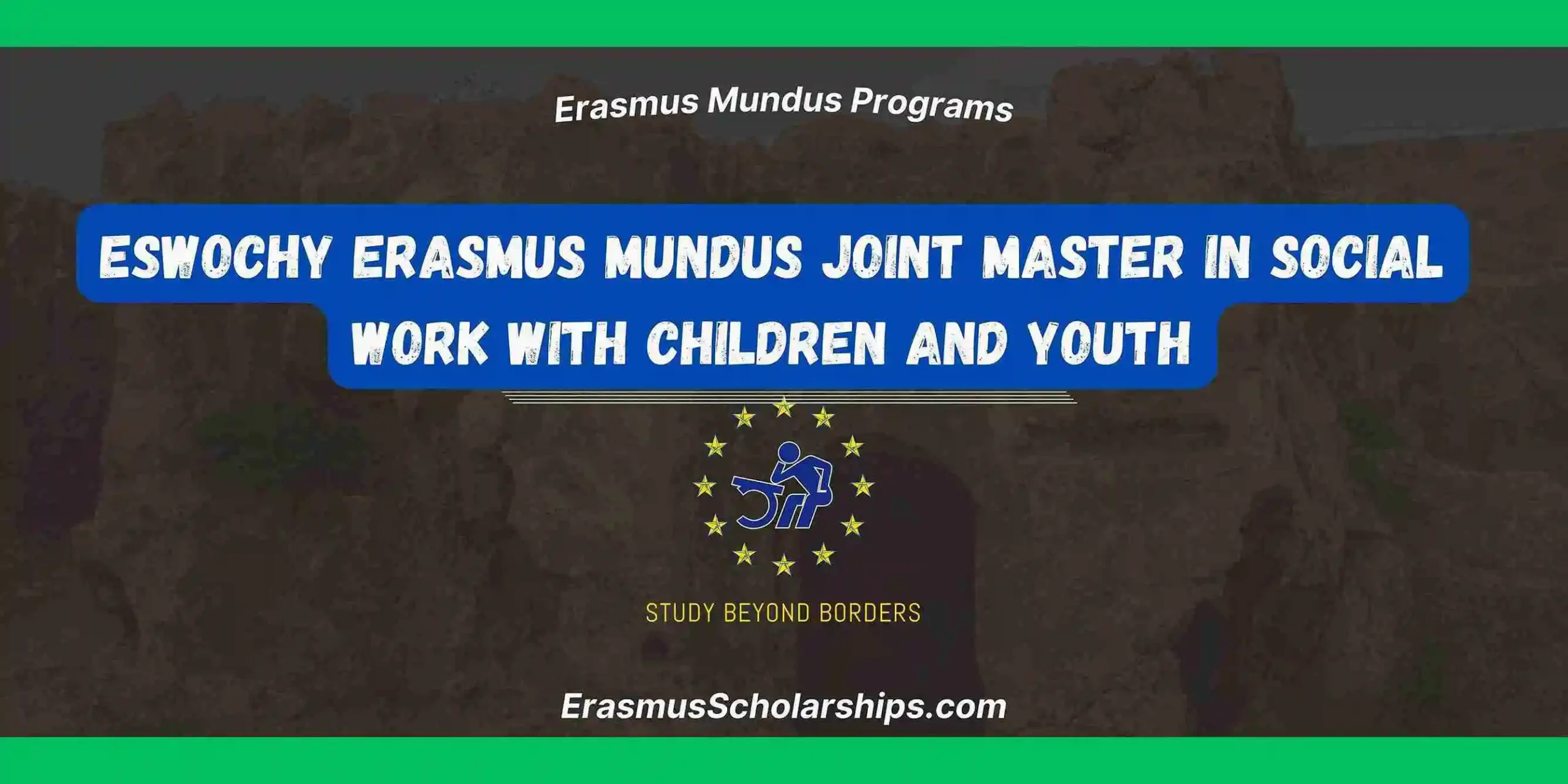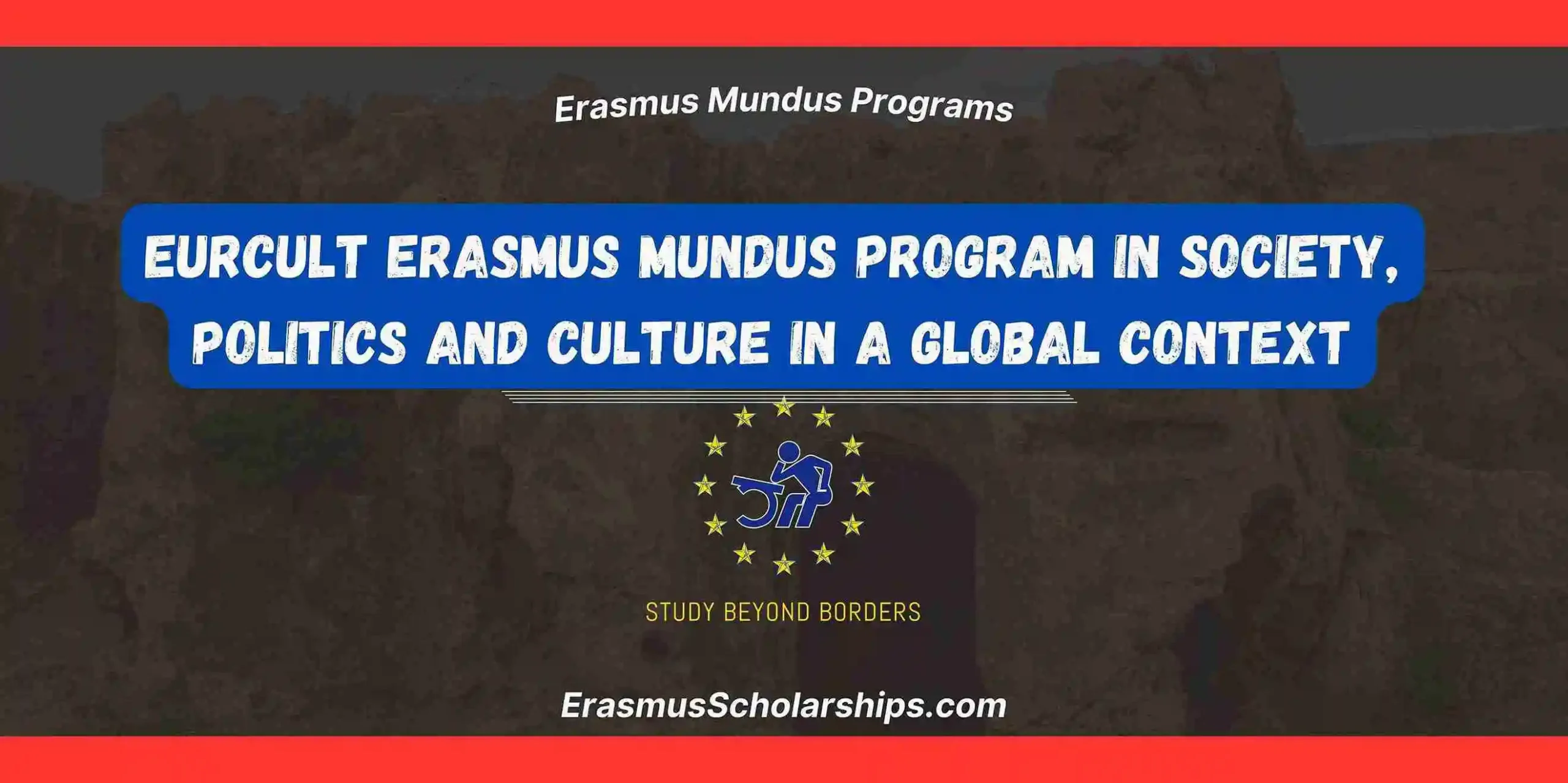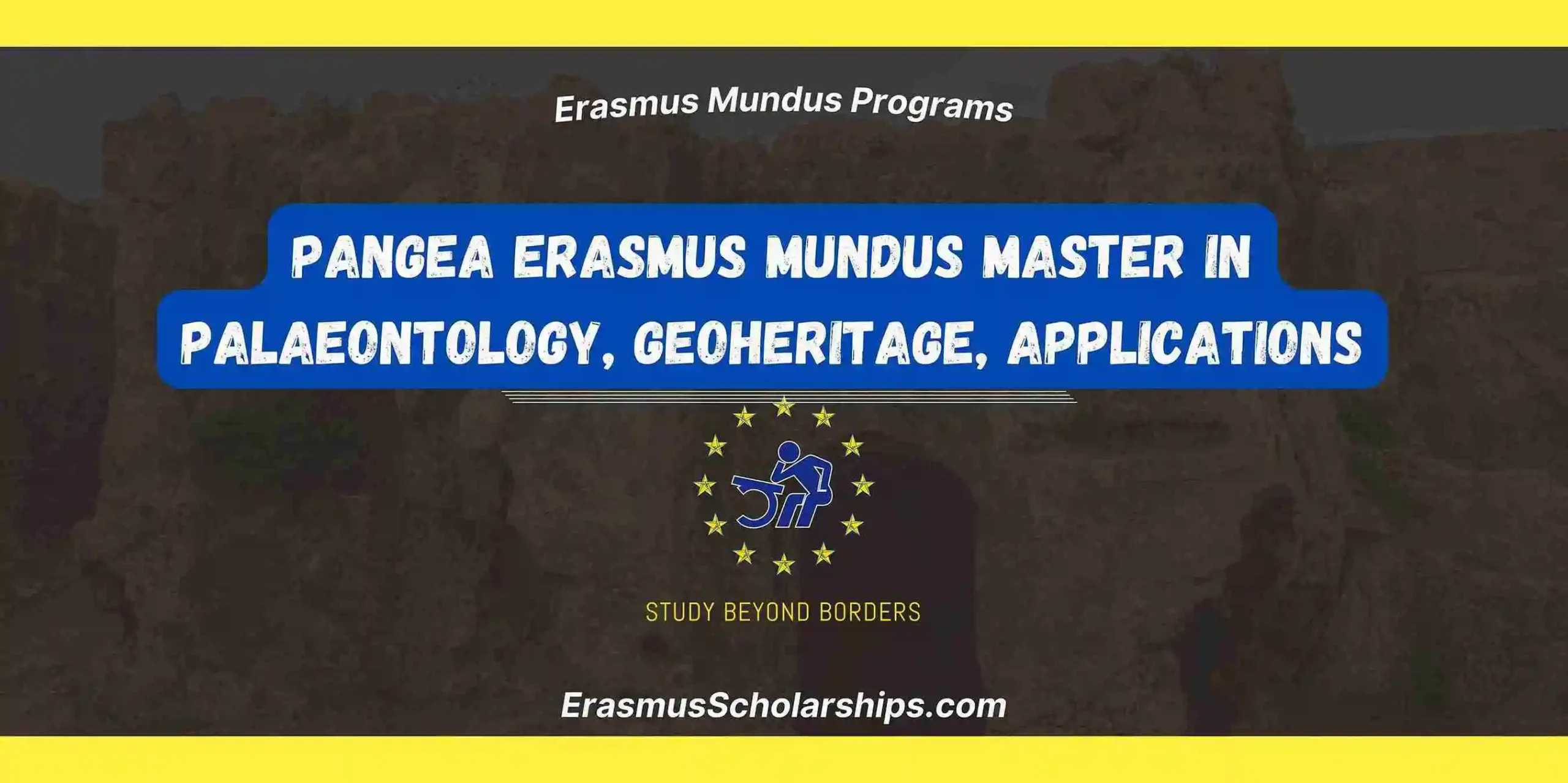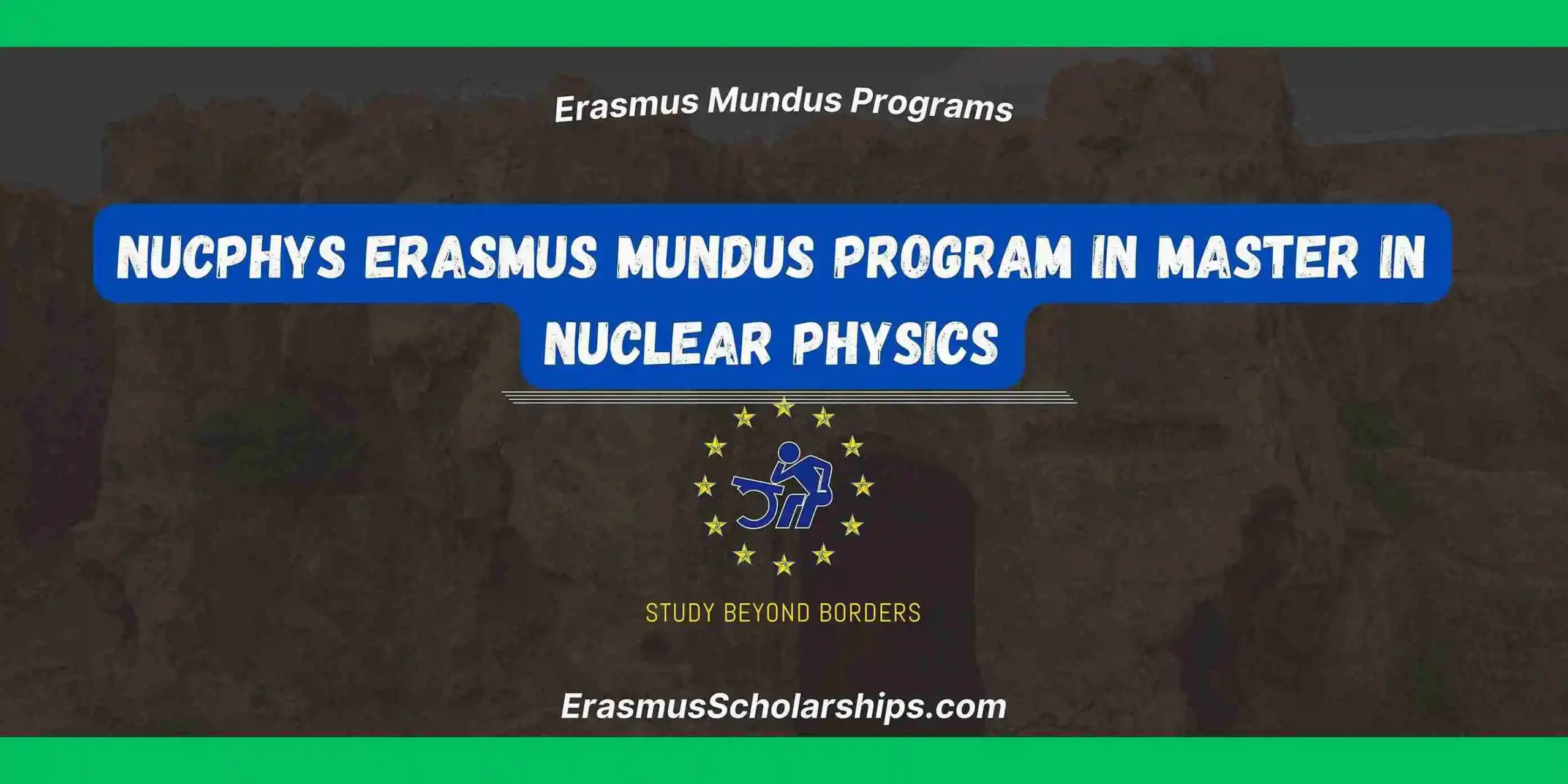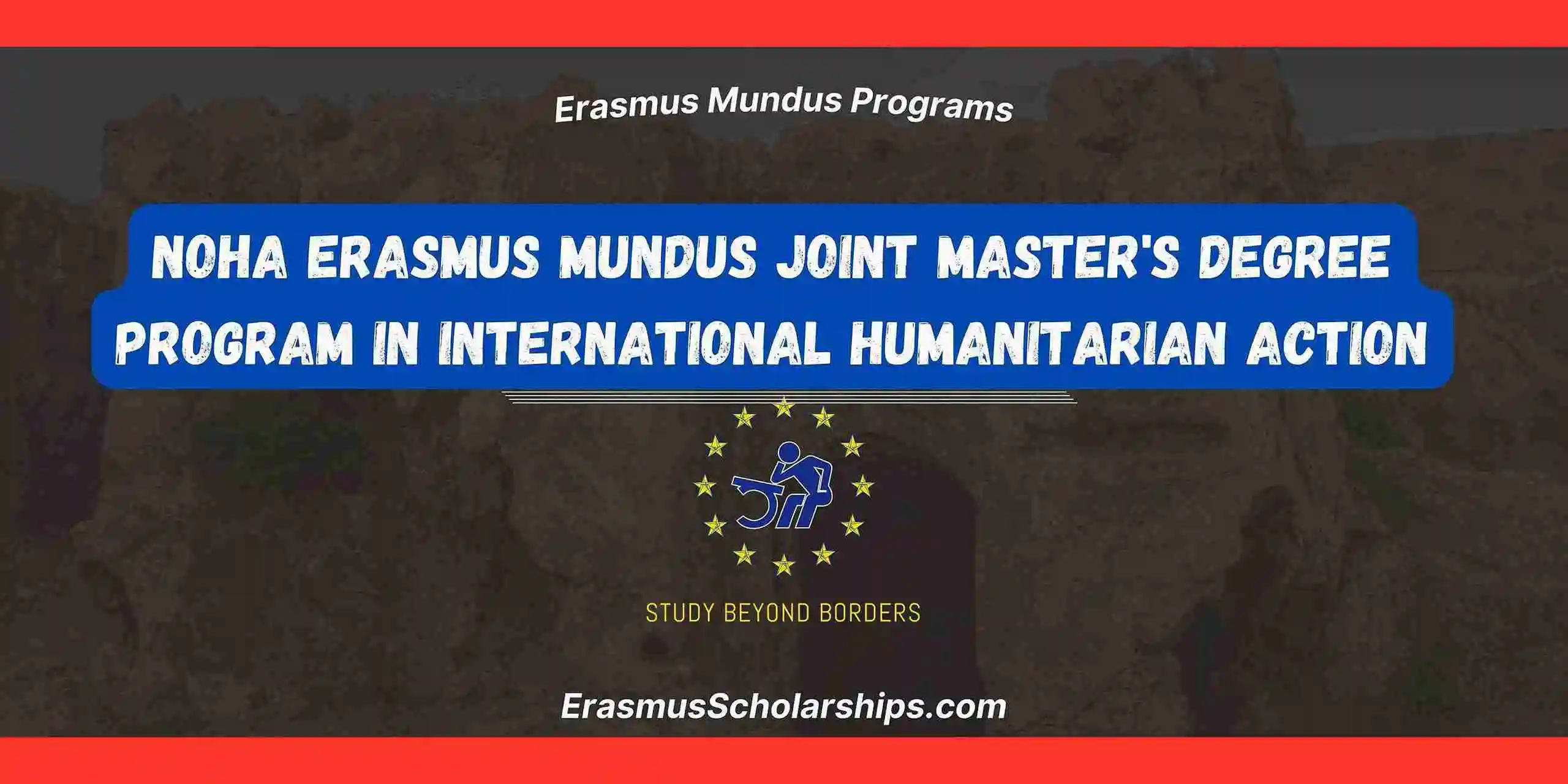GEM Erasmus Mundus is a premier two-year Erasmus Mundus Joint Master’s Degree in Geo-Information Science and Earth Observation for Environmental Modelling and Management. This integrated programme is jointly delivered by four distinguished European institutions. Graduates emerge university-savvy and earth-savvy, awarded double degrees—one from each of two accredited Master’s programmes in their chosen mobility track.
Focused on the Earth’s resources and environmental modelling, GEM equips students with advanced geospatial and Earth observation expertise. It leverages cutting-edge data services such as the EU’s Copernicus Programme, imparting the technical knowledge and applied skills necessary to process massive datasets and derive actionable insights for sustainable socio-ecological management.
Project Status
- Status: Ongoing
- Start date 15-10-2020
- End date 14-10-2026
- Action Type: Erasmus Mundus Joint Master
- Universities Involved
- Countries Involved
The GEM Erasmus Mundus program is a Master’s in Geo-Information Science and Earth Observation offered by leading European universities.
| University of Twente |
| Lund University, |
| UCLouvain |
| University of Tartu |
| Netherlands |
| Sweden |
| Belgium |
| Estonia |
This cross-border collaboration allows students to gain an international perspective while studying and researching in the heart of Europe’s academic and industrial hubs.
Description of the GEM Erasmus Mundus Program
The Erasmus Mundus GEM-MSc is a two-year, fully integrated, international Master’s course that trains students in geospatial science, Earth observation, and environmental modelling. It emphasizes applied techniques—especially using Copernicus data services—in crafting solutions for sustainability and socio-ecological management challenges.
Key Features of the GEM Erasmus Mundus Program
- Double degree from two accredited Master’s programs.
- Deep engagement with Copernicus EO data, data science, AI, cloud computing, and open science tools.
- Four mobility tracks integrating expertise across institutions.
- Strong alignment with the European Green Deal and UN Sustainable Development Goals.
- Hands-on real-world exposure—internships, thesis projects, “bus-a-thon” tours, links to policymakers and industry.
Mobility Tracks of the GEM Erasmus Mundus Program
GEM offers four distinct mobility tracks, each combining two universities: start in either Tartu or Lund, then move to either Twente or UCLouvain for year two. Tracks include academic specialization across Natural Resources, Ecosystems, Agriculture, Socio-Ecological Systems, and more.
Admission Requirements
- A first-class or upper second-class (2:1) BSc honours degree or equivalent in a relevant discipline (with relevant work experience preferred).
- English proficiency (if not exempt): IELTS 6.5 (min 6.0 each band), TOEFL iBT 90 (min 21 speaking), Cambridge A/B/C ≥176 (min 169), etc.
- Strong academic background; selection is merit-based, with fair, transparent evaluation across eligibility, degree quality, research background, and English proficiency.
How to Apply for GEM Erasmus Mundus Program
- Visit the GEM online application portal to register and start your application.
- Submit required documents: CV, motivation letter, academic transcripts, degree certificate, passport copy, proof of English proficiency, and photographs.
- Scholarship note: Applicants may still apply on a self-funded basis or secure external scholarships.
- Selection process: Shortlisted candidates may be contacted for additional clarifications or online interviews.
Tips to Win the GEM Erasmus Mundus Program
- Be exceptional in academics—highlight your GPA, research, honours, thesis, etc.
- Showcase relevant work experience or internships in geospatial/environmental domains.
- Write a strong motivation letter: articulate your background, passion, and how GEM fits your goals and contributes to sustainability goals.
- Match your profile to the specific mobility track, aligning strengths with partner institutions’ expertise.
- Secure external funding early and request the conditional acceptance letter well in advance.
- Bring cultural awareness, adaptability, and teamwork into your application—GEM values diversity and cohort balance.
Application Timeline
- Opens: October
- Deadline: May
- Enroll: Starting September following selection
Curriculum Structure of the GEM Erasmus Mundus Program
- Year 1: Choose to start in either Lund (Sweden) or Tartu (Estonia).
- Year 2: Continue at either ITC-University of Twente (Netherlands) or UCLouvain (Belgium).
- Across two years: complete academic modules, professional internship, and master’s thesis; further enriched by co-branded degrees and experiential learning like bus-a-thon tours.
Coordinator Contact
- GEM Project Manager: Ms Laura Windig
- Tel: 0031 (053)487-4464
- Email: gem-msc-itc@utwente.nl
Alumni Feedback
The academic experience in the GEM MSc was great, because the ITC Faculty – University of Twente has huge expertise in remote sensing as well as ecosystem modelling. It was perfect for me because that’s what I wanted to get deeper knowledge on after my undergraduate course
~Finn Muench
Frequently Asked Questions (FAQs)
What is the GEM Erasmus Mundus Program in Geo-Information Science and Earth Observation for Environmental Modelling and Management?
The GEM Erasmus Mundus Program in Geo-Information Science and Earth Observation for Environmental Modelling and Management is a two-year joint master’s degree that provides advanced training in geospatial technologies, Earth observation, and environmental modelling.
What degrees will I receive after completing the GEM Erasmus Mundus Program in Geo-Information Science and Earth Observation for Environmental Modelling and Management?
Graduates of the GEM Erasmus Mundus Program in Geo-Information Science and Earth Observation for Environmental Modelling and Management receive a double degree, awarded by the two universities included in their chosen mobility track.
What are the admission requirements for the GEM Erasmus Mundus Program in Geo-Information Science and Earth Observation?
Applicants to the GEM Erasmus Mundus Program in Geo-Information Science and Earth Observation for Environmental Modelling and Management must hold at least a second-class honours bachelor’s degree in a relevant field and provide proof of English language proficiency through IELTS, TOEFL, or Cambridge qualifications.
How long does the GEM Erasmus Mundus Program in Geo-Information Science and Earth Observation?
The GEM Erasmus MundusErasmus Mundus Program in Geo-Information Science and Earth Observation for Environmental Modelling and Management is a two-year program that includes coursework, mobility across partner universities, internships, and a master’s thesis.
What career opportunities are available after graduating from the GEM Erasmus Mundus Program in Geo-Information Science and Earth Observation?
Graduates of the Erasmus Mundus Program in Geo-Information Science and Earth Observation for Environmental Modelling and Management often pursue careers in environmental consulting, policy analysis, research, international organisations, NGOs, and technology companies specialising in geospatial and Earth observation services.

